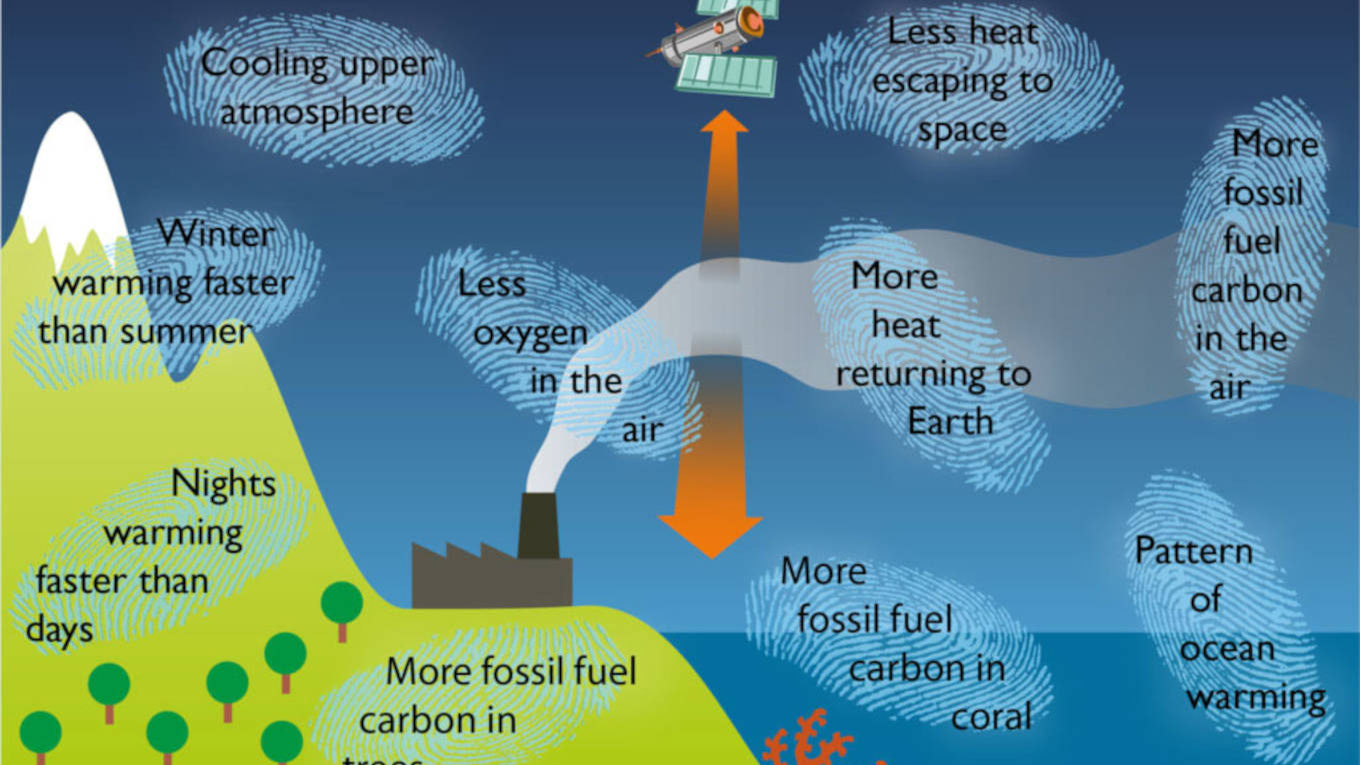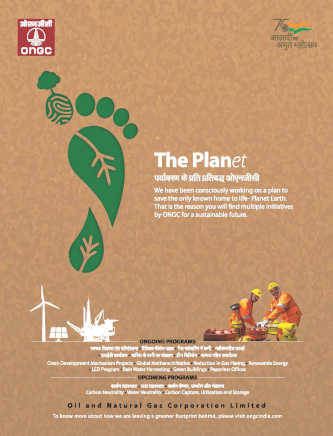New research provides clear evidence of a human “fingerprint” on climate change and shows that specific signals from human activities have altered the temperature structure of Earth's atmosphere, reports Science Daily, quoting Woods Hole Oceanographic Institution. Differences between tropospheric and lower stratospheric temperature trends have long been recognised as a fingerprint of human effects on climate. This fingerprint, however, neglected information from the mid to upper stratosphere, 25 to 50 km above the Earth's surface. “Including this information improves the detectability of a human fingerprint by a factor of five. Enhanced detectability occurs because the mid to upper stratosphere has a large cooling signal from human-caused CO2 increases, small noise levels of natural internal variability, and differing signal and noise patterns," according to the journal article, "Exceptional stratospheric contribution to human fingerprints on atmospheric temperature," published in the Proceedings of the National Academy of Sciences (PNAS). Noise in the troposphere can include day-to-day weather, interannual variability arising from El Niños and La Niñas, and longer-term natural fluctuations in climate. In the upper stratosphere, the noise of variability is smaller, and the human-caused climate change signal is larger, so the signal can be much more easily distinguished. “Extending fingerprinting to the upper stratosphere with long temperature records and improved climate models means that it is now virtually impossible for natural causes to explain satellite-measured trends in the thermal structure of the Earth's atmosphere,” the paper states. “This is the clearest evidence there is of a human-caused climate change signal associated with CO2 increases,” according to lead author Benjamin Santer, an adjunct scientist in the Physical Oceanography Department at the Woods Hole Oceanographic Institute (WHOI) in Massachusetts. “This research undercuts and rebuts claims that recent atmospheric and surface temperature changes are natural, whether due to the Sun or due to internal cycles in the climate system. A natural explanation is virtually impossible in terms of what we are looking at here: changes in the temperature structure of the atmosphere,” added Santer, who has worked on climate fingerprinting for more than 30 years. “This research puts to rest incorrect claims that we don't need to treat climate change seriously because it is all natural.” Although earlier studies considered global-mean temperature changes in the middle and upper stratosphere, roughly 25 to 50 km above Earth's surface, they did not look at detailed patterns of climate change in this layer. This region can be better studied now because of improved simulations and satellite data. The new research is the first to search for human-caused climate change patterns — also called “fingerprints”—in the middle and upper stratosphere. “The human fingerprints in temperature changes in the mid to upper stratosphere due to CO2 increases are truly exceptional because they are so large and so different from temperature changes there due to internal variability and natural external forcing. These unique fingerprints make it possible to detect the human impact on climate change due to CO2 in a short period of time (~10 – 15 years) with high confidence,” stated co-author Qiang Fu, a professor in the Department of Atmospheric Sciences at the University of Washington. Santer said that although it is intellectually gratifying to be able to extend fingerprinting higher up into the atmosphere to test the prediction by Manabe and Wetherald, it is also deeply concerning. “As someone who tries to understand the kind of world that future generations are going to inhabit, these results make me very worried. We are fundamentally changing the thermal structure of Earth's atmosphere, and there is no joy in recognizing that,” Santer said.
-

Human fingerprints are all over our climate; Courtesy: Wikimedia Commons























